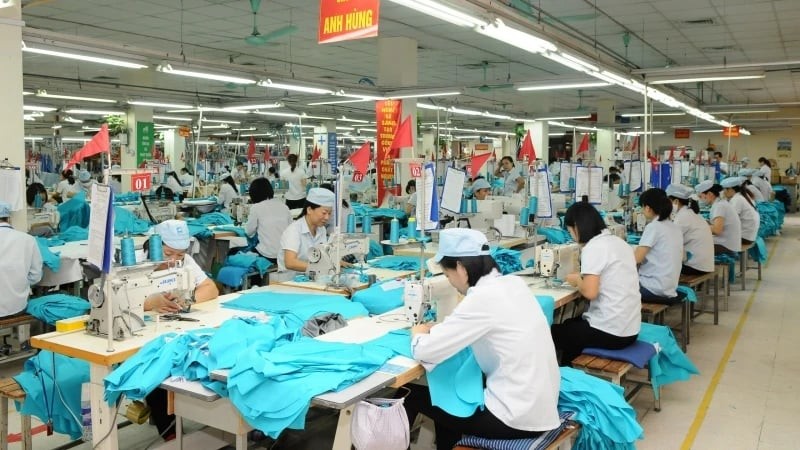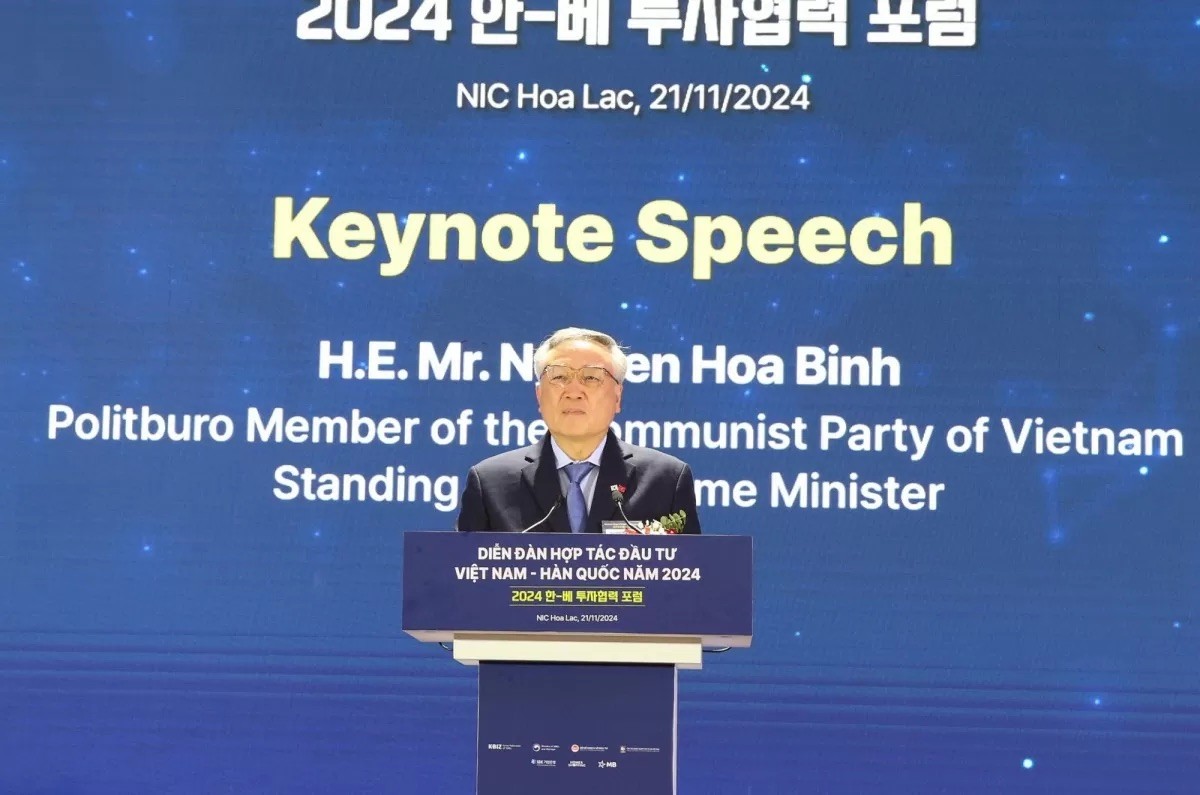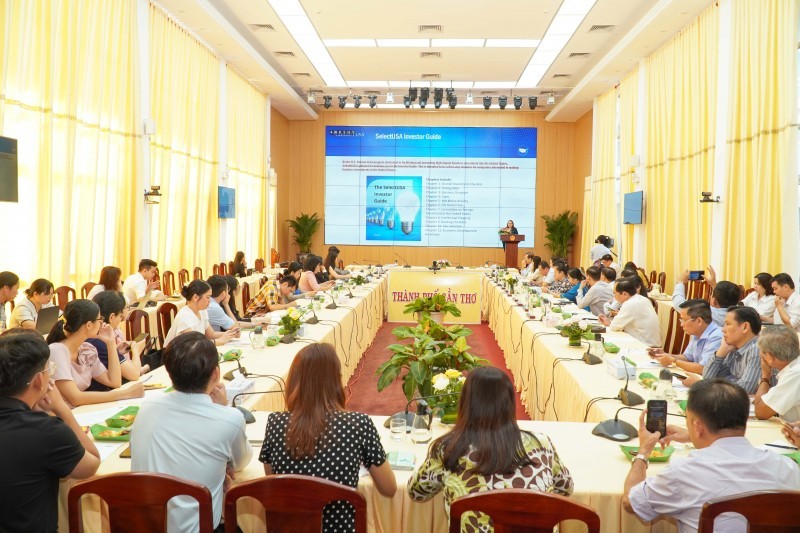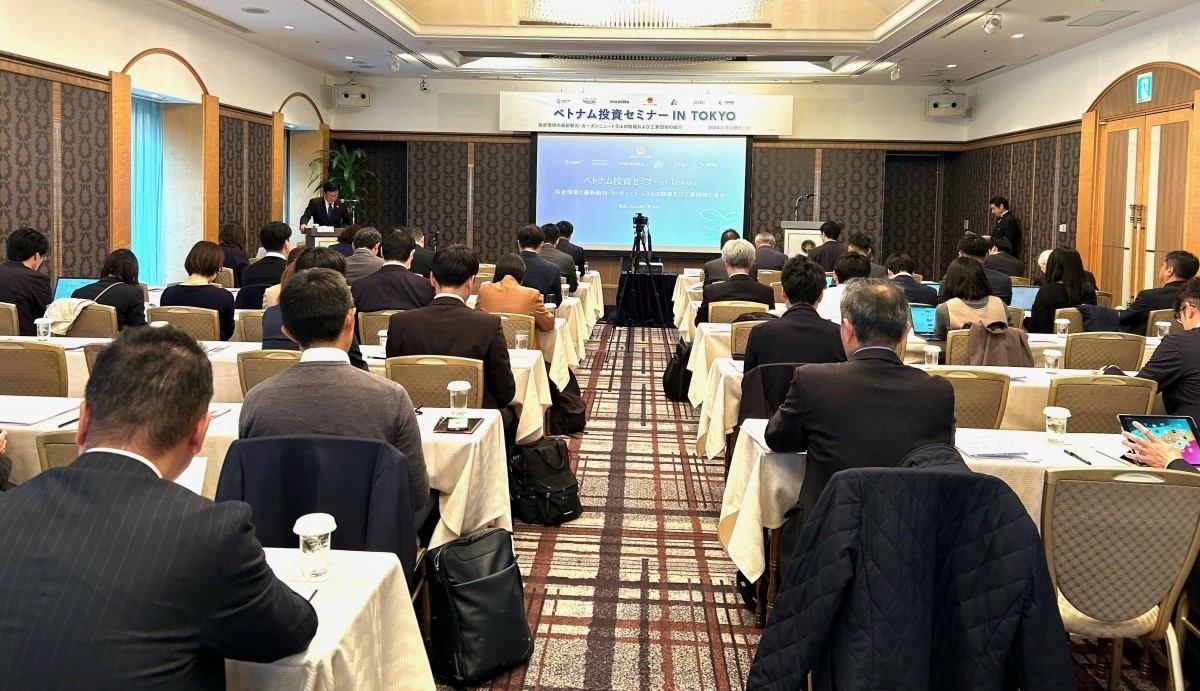Recent study finds India key beneficiary of global supply chain shift due to China+1 strategy
China Plus One refers to the global business strategy to avoid investing only in China and diversify business into other countries, or to channel investments into manufacturing in other promising developing economies such as India, Vietnam, Thailand, or Turkey.
Nomura, in its latest report, estimated that the shift in global supply chains should raise India's export from $431 billion in 2023 to $835 billion by 2030, a CAGR (Compound Annual Growth Rate) of 10 percent.
Global investment bank Nomura said its latest report is based on the empirical evidence of the China+1 strategy using top-down data and bottom-up evidence from a survey of around 130 firms.
India's gains are partly owing to its large domestic consumer market, with a pipeline of projects across electronics -- mainly smartphones, automobiles, capital goods, and semiconductor assembly and testing, the report said, adding that a majority of the investments into India are from US companies and developed Asia.
According to the report, the benefits are seen in India for companies in electronics and semiconductors, autos, solar energy, pharmaceuticals, and defense sectors.
Nomura said in the report that it believes the Indian corporate sector can sustain 12-17 percent earnings growth in the medium term as corporate capex picks up.
According to the Nomura report, Vietnam is the prime beneficiary of the China+1 strategy, while Mexico, Thailand, Indonesia, and the Philippines are some of the other countries that are expected to benefit from the global supply chain shift.
A noted expert on China, Lt Gen S L Narasimhan, recently said that India needs to work hard to stay in competition with Vietnam, Thailand, Indonesia and Bangladesh to gain from the world’s China+1 strategy.
During an event in March, Narasimhan said that India ranked No.5 in terms of gaining from the China Plus One (China+1) strategy.
India would need to spruce up its local manufacturing capabilities to seize the China+1 opportunity, said Narasimhan, adding that India, equally, would have to attend to land, power and infrastructure to compete with the countries already ahead.
Talking about the Chinese economy, the expert said that it had been known for about ten years that the Chinese economy would slow down and the Asian major would not be able to maintain the double-digit growth rate it had in recent decades.
According to him, a big problem with the Chinese economy today is low domestic consumption, which was accelerated by Covid-19 pandemic.
Narasimhan said although India and China have similar levels of population, India’s domestic consumption is far higher than China’s.
He said the Chinese government was trying hard to ramp up domestic consumption, but it was failing.
According to the Asia Pacific Foundation of Canada, in the past five years, there has been a “tectonic shift” in the global manufacturing landscape, with multinational corporations seeking to ‘de-risk’ from China due to Covid-19-related disruptions and escalating geopolitical tensions between China and the United States, and to reduce their dependence on China for manufacturing their high-tech electronic products and components, many of these companies have embraced the China+1 strategy.
Asia Pacific Foundation of Canada, said in its report, that India is also becoming an attractive choice for many companies for a variety of reasons, including the country’s large domestic market and abundance of labor; government policies and reforms to attract foreign direct investment (FDI); and the sheer size of its economy, which allows for investments in incentives and subsidies, research and development, and infrastructure building.
Besides, the size of the Indian economy also acts as a magnet in attracting foreign investment from multinational companies looking to benefit from the South Asian major’s vast domestic market.
According to a report by Policy Circle, despite facing regulatory and taxation challenges, India is rapidly becoming a viable alternative to China, especially in sectors such as high-tech manufacturing and mobile phone production.
The South Asian nation's large market potential, skilled workforce, and government initiatives aimed at boosting manufacturing are making it an increasingly attractive destination for companies looking to diversify their operations, while the country’s progress in sectors where it has historically lagged, such as mobile phone manufacturing, indicates its potential to become a key player in the global supply chain diversification strategy, as per Policy Circle report.
Recommended
 Economy
Economy
Finding Solutions for Businesses to Effectively Leverage FTAs
 Economy
Economy
Vietnam: A Golden Opportunity for Korean Investors
 Economy
Economy
Ample Room for Vietnam, US Business Cooperation
 Economy
Economy
Effective Boost of Investment Flow from Japan to Vietnam
 Economy
Economy
Pakistan Ranked Fifth Highest in Illegal Migration to Europe
 Economy
Economy
